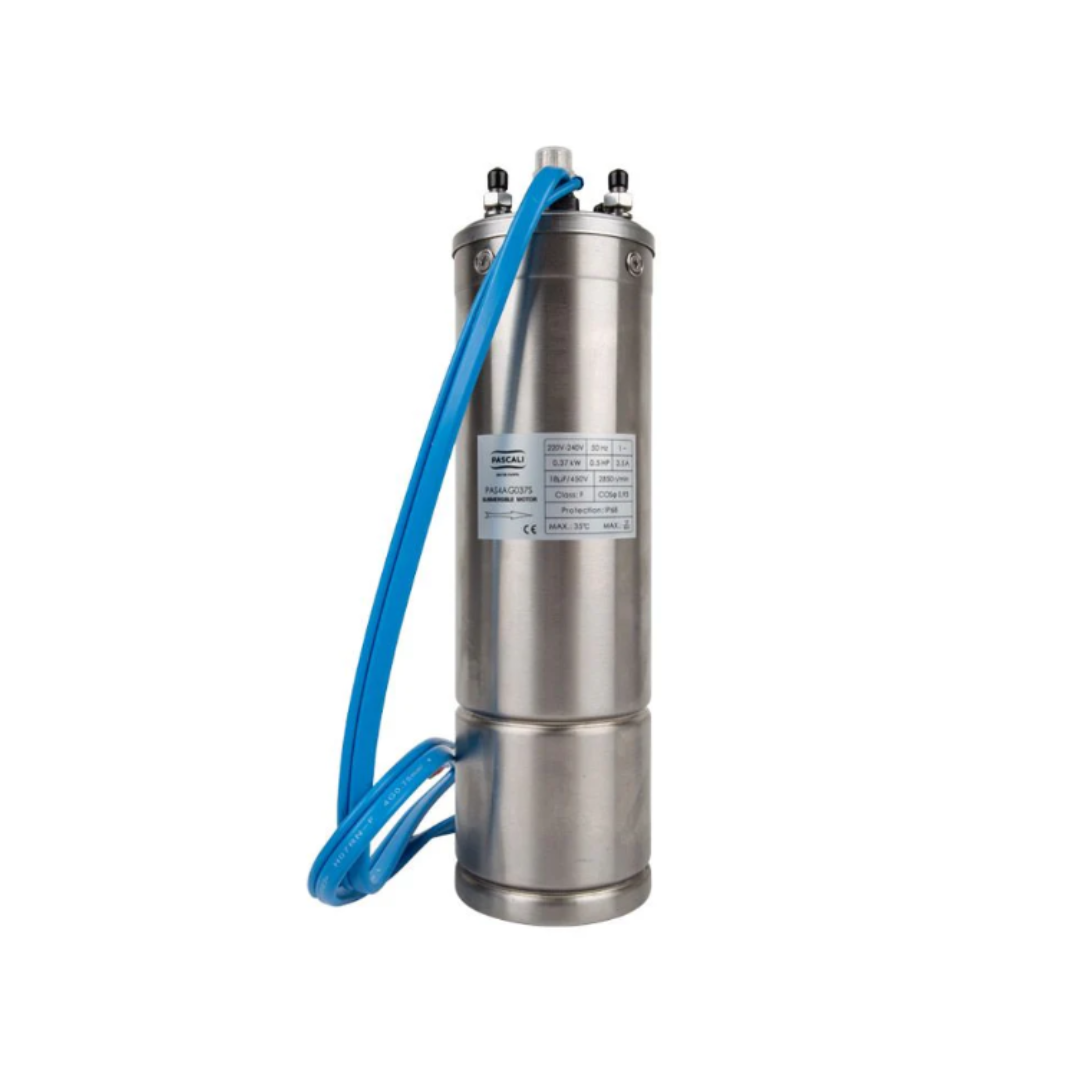LJR PUMPS
Borehole Submersible Motor
Borehole Submersible Motor
Couldn't load pickup availability
A borehole submersible motor is an essential component of submersible pumps used for extracting water from deep wells or boreholes. Here’s a comprehensive description of its construction, functionality, and applications:
### Construction and Design:
1. **Enclosure**:
- The motor is typically housed in a robust, watertight enclosure made from materials such as stainless steel or cast iron. This enclosure protects the motor from water ingress and mechanical damage, ensuring reliable operation even when fully submerged.
2. **Stator and Rotor**:
- **Stator**: The stationary part of the motor consists of windings made from insulated copper wires. These windings generate a magnetic field when electricity passes through them.
- **Rotor**: The rotating part of the motor, often located within the stator, includes conductive bars or coils arranged to interact with the stator’s magnetic field. This interaction creates rotational movement, which drives the pump impellers to move water from the borehole to the surface.
3. **Sealing**:
- Special seals and gaskets are employed to maintain the motor’s integrity under high pressures and submersion depths. These seals prevent water from entering the motor and protect the internal components from corrosion and damage.
### Functionality:
1. **Submersion Capability**:
- Designed to operate fully submerged in water within the borehole or well casing. This design eliminates the need for external cooling mechanisms and reduces noise levels associated with operation.
2. **Power and Efficiency**:
- Borehole submersible motors are engineered for high efficiency and reliability. They are capable of generating significant torque to drive the pump system efficiently, even at great depths and under varying load conditions.
3. **Cooling Mechanisms**:
- The surrounding water acts as a natural coolant, dissipating heat generated during motor operation. This cooling method helps maintain optimal operating temperatures and extends the motor’s lifespan.
### Features and Specifications:
1. **Power Ratings**:
- Available in various power ratings, typically ranging from a few horsepower (HP) to tens of HP, depending on the pump’s capacity and the depth of the borehole.
2. **Voltage and Frequency**:
- Operates on standard electrical supply voltages such as 220V, 380V, or others, depending on regional electrical standards and the specific motor design.
3. **Protection and Safety**:
- Incorporates built-in protections such as thermal overload protection and voltage surge protection to safeguard the motor from electrical faults and ensure safe operation.
### Applications:
1. **Water Supply Systems**:
- Used in residential, commercial, agricultural, and industrial applications to extract water from deep wells or boreholes for drinking, irrigation, and process water supply.
2. **Mining and Construction**:
- Applied in mining operations and construction sites for dewatering purposes, ensuring efficient drainage of water from underground or excavation sites.
3. **Environmental Monitoring**:
- Utilized in environmental monitoring systems to access groundwater for sampling and analysis purposes.
### Summary:
A borehole submersible motor is a vital component of submersible pumps, enabling efficient extraction of water from deep underground sources. Its robust construction, high efficiency, and submersion capabilities make it well-suited for diverse applications where reliable water supply from deep wells or boreholes is essential. The motor’s design emphasizes durability, performance, and safety, ensuring long-term operation in challenging environments.
Share

